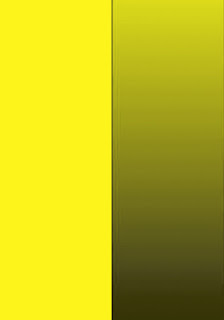Saturation
Also known
as "intensity," saturation describes the strength of a color with
respect to how pure it is. A color's saturation is the degree to which it is
different from gray at any given lightness. For instance, colors that are quite
grayish are fairly unsaturated compared to brighter, more vibrant colors.
 |
| A color's complement, if added to that color, will lower its intensity. |



























No comments:
Post a Comment
Your kindness in leaving a message is greatly appreciated!